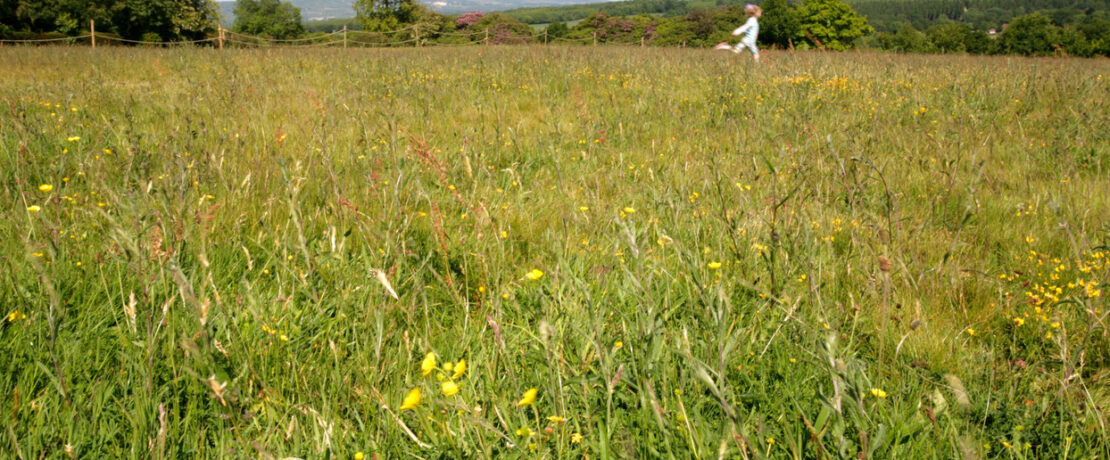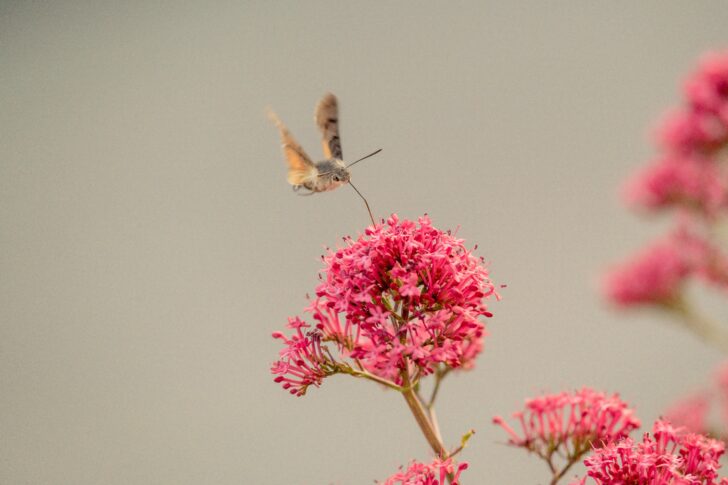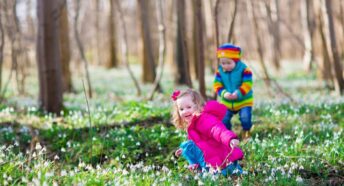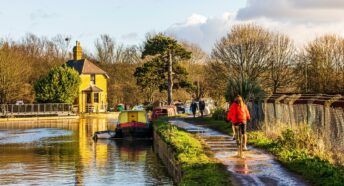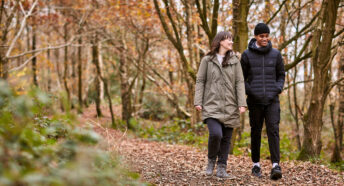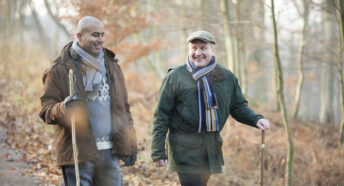Coming to the countryside near you: wildlife in July
The weather tends to be balmy in July, with the occasional heatwave giving in to thunderstorms. There’s a lot happening in the natural world, so read on to find out about the wildlife you can discover in the countryside in July.
The weather tends to be balmy in July, with the occasional heatwave giving way to thunderstorms. The Anglo-Saxons called July ‘Meadmonath’, meaning ‘meadow month’, and it’s peak time for those meadows that remain in the UK (we have lost 97% since the Second World War). Demoiselles alight on the meadowsweet flowers that billow around bustling ponds. Wasp activity reaches its highest and they travel further afield to find food, lured to picnic tables in search of sweet treats. At dusk, young badgers emerge from underground, searching for food and territories. Along with many other species, drought may make them vulnerable, so don’t forget to provide drinking water for wildlife.
Hummingbird hawk moth
We don’t often think about moths when we talk about migration, but the hummingbird hawk moth only spends its summers in the UK. Travelling from southern Europe and Northern Africa around May, these moths are diurnal (active during the day). They are some of our largest moths, with a wingspan of nearly 60mm and wings that flap so quickly that they produce a humming sound.
Hummingbird hawk-moths have grey-brown, orange wings and a black and white body. They get their name from their feeding behaviour. They hover in front of flowers and poke their long proboscis (like a tongue) in to drink the nectar, mimicking a hummingbird. Lovers of buddleia, honeysuckles, and valerian, you can help attract them to your garden by planting flowers with large amounts of nectar.
Come September they will begin to leave for the warmer temperatures around the Mediterranean, and by winter they will be gone!
Three-spined stickleback
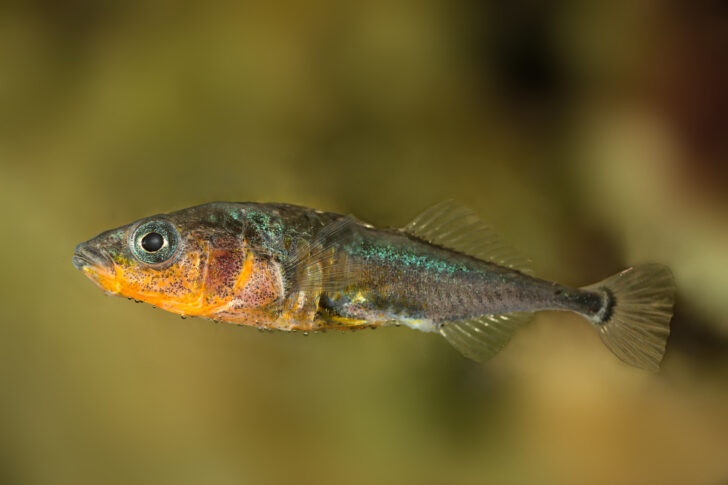
One of my favourite school memories is a day trip to a local pond where we studied the wildlife before heading back to the classroom to write about it. It was my first introduction to the three-spined stickleback, one of our most common freshwater fish. I still remember the weird little sketch I drew.
Known for their three sharp spines on their backs, three-spined sticklebacks only reach around 6cm and are aggressive predators, feeding on insects, invertebrates, and other small fish. They are typically found in small schools in mud or sand-bottomed water, feeding on vegetation. July is spawning season and the males develop shiny scales on their back and a red underside to attract a female. Males build a nest from vegetation and the female will lay up to 400 eggs. They are fiercely protective over their eggs until the young hatch four weeks later. Look out for them in ponds, lakes, and rivers.
Barn owl
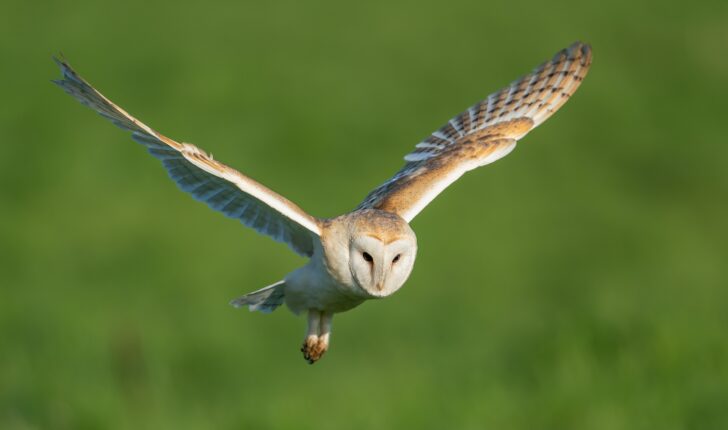
Heading out at dusk is a great opportunity to enjoy a sunset at this time of year. But keep your eyes on the skies and you might get to glimpse a barn owl hunting in the fading light. The barn owl is one of our most iconic species of owl, a spectre that haunts the skies in the winter. However, in the warmer months, its hunting territory is smaller. This is because more available food means it doesn’t have to travel so far. Rough grassland, meadows and crop fields are all summer hunting grounds, but you can also find them around farm buildings, looking for mice, voles, and shrews.
By July, most barn owls will have reared and waved goodbye to their first and only brood, but some will lay more eggs. Barn owls perform ‘asynchronous hatching’. This means that barn owls begin sitting as soon as they lay the first egg. They then lay additional eggs, typically 3-7 in total, across the next 8-21 days, which they incubate for around 31 days. The eggs hatch roughly every 2-3 days in the order they were laid. They fledge around 12 weeks and by 14 weeks old they have left their parents’ home range to seek their own. Unfortunately, around 70% of barn owls die in their first year. Starvation due to habitat destruction, traffic accidents and consuming poisoned prey are often to blame.
The hedgerow
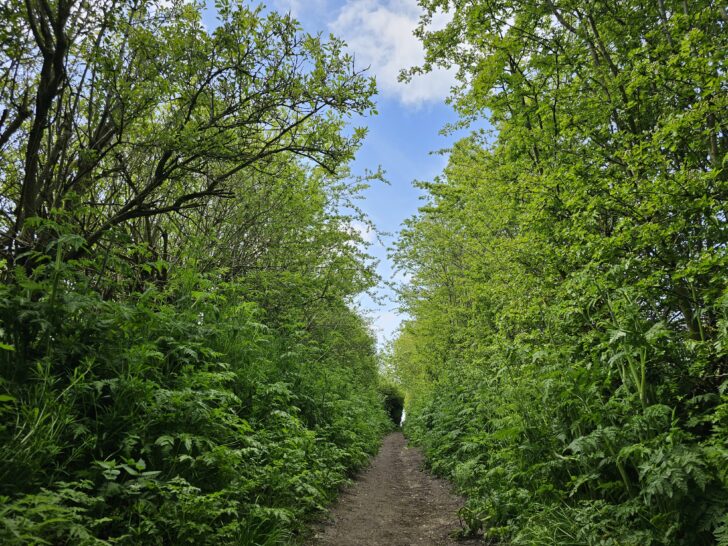
There are around half a million miles of hedgerows in the UK and 40% are thought to be ancient. They vary greatly; acting as borders between fields, roads and other boundaries to us, they provide food and shelter for many species. Many will be decorated with bramble flowers in July, crepe-paper blooms that cradle foraging bees.
Wild strawberries are ripening. Tiny and lumpy, their flavour is sweeter and stronger than those you find at the supermarket. New pennywort leaves are unfurling, dog roses bring a delicate scent and common lizards bathe in open spaces, before scurrying away to take refuge when they feel threatened. Beneath the shrubby layer, dormice run in the shadows, commuting between nests, and feeding sites.
Walk slowly and quietly alongside hedgerows, taking your time to observe every inch. You might get to see rare birds, beautiful wildflowers, or ancient trees, but you will appreciate how unique and special Britain’s hedgerows really are.
Share your sightings
There should be plenty of opportunities to see wildlife in July in your local countryside. Be sure to wrap up, take it slowly and listen out for critters. If you manage to get any wildlife snaps, get in touch with us on Facebook, Twitter or Instagram. We’d love to share them! Check back next month and find out what Alex is predicting for August.
About the author
Alexandra Pearce-Broomhead is a writer and occasional Guardian Country Diarist from Cornwall. She writes about nature and place, and the human relationship with both. Her work has also been featured on BBC Wildlife and BBC Countryfile.
